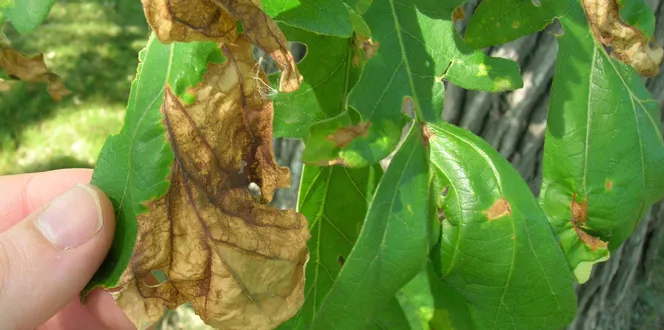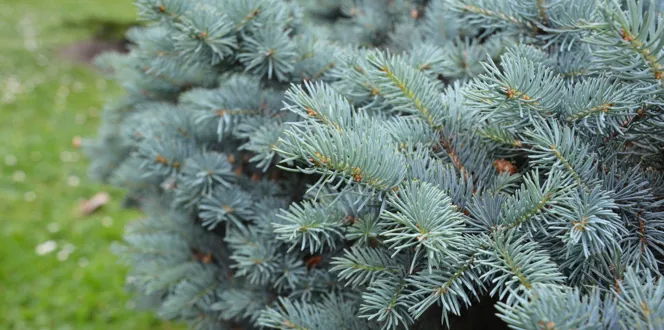People enjoy hackberry trees in their landscapes because these trees thrive in a wide range of temperatures and moisture levels. They can even stand up to strong winds and city air pollution.
This shade tree with its broad crown and arching branches can reach 40- to 60-feet in height with a 40- to 60-foot spread, making it a great addition to landscapes in U.S. hardiness zones 3 to 9.
Hackberry trees have oblong leaves that are dark green on top and pale green underneath. Its bark is smooth and gray usually with wart-like bumps.
If you have a hackberry tree and enjoy its shade and how it attracts birds and butterflies, you certainly don’t want to see any common hackberry tree problems come up.
Unfortunately, the Asian woolly hackberry aphids were first detected in the U.S. in 1996, and since then have spread across the country, only targeting hackberry trees.
Let’s learn more about this pest and how to get rid of hackberry aphids so you can better protect your hackberry trees.
What Are These “Snowflake” Like Things Falling From My Hackberry Tree?
You might think you’re seeing what looks like snow fall from your hackberry trees as you’re wiping a sticky substance off of your car parked beneath it.
These snowflakes actually represent a large infestation of Asian woolly hackberry aphids. The small, white insects fall from the tree and float in the air, resembling the appearance of snow falling.
Hackberry Woolly Aphid Identification
Asian woolly hackberry aphids are often mistaken for whiteflies, which can be a common sighting on landscape plants.
But the first sign you usually see before you see actual insects is the sticky substance the pests produce, which is called honeydew. The aphids suck the sap out of your hackberry’s leaves and twigs and secrete a sticky substance on them. This leads to the growth of black sooty mold that can cover the tree and anything beneath it.
Hackberry Woolly Aphid Tree Damage
Where hackberry trees are used to shade homes, the honeydew and black sooty mold hackberry aphids produce can become quite a nuisance.
Heavy infestations can make the trees look unsightly for part of the year, particularly in late summer.
Hackberry Woolly Aphid Management
When it comes to how to get rid of hackberry aphids, you want to do what you can to keep the tree and avoid the unsightly mess these pests can cause.
A certified arborist can help control hackberry aphids with soil-applied systemic insecticides anytime during the growing season. However, for best results, the treatment is best done in early spring. Eliminating the first generation of these aphids can go a long way in preventing a severe infestation later in the summer. For larger trees, a second application in late summer following that first application in spring may provide longer control.
Hackberry trees are prolific seed producers. You can also reduce future infestations of Asian woolly hackberry aphids by cutting back the saplings that come from the ground near the tree each year.





